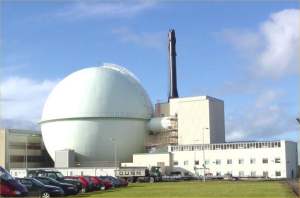 | Caithness.Org | Community | Business | Entertainment | Caithness... | Tourist Info | Site Map |
• Advertising • Chat Room • Contact Us • Kids Links • Links • Messageboard • News - Local & Scottish • News - UK & News Links • About / Contact Us • Submissions |
• Bookshop • Business Index & News • Jobs • Property For Sale • Property For Rent • Shop • Sutherland Business Index |
• Fishing • Fun Stuff • George, The Saga • Horses • Local Galas • Music • Pub Guide • Sport Index • What's On In Caithness |
• General Information • B & Bs • Backpackers • Caravan & Camping • Ferries • Getting Here • Holiday Letting • Hotels • Orkney • Pentland Firth • Sutherland • Taxis |
| N E W S F E E D S >>> |
Dounreay - UKAEA History - The First Fifty Years By Andy Munn
|
UKAEA At Dounreay
Dounreay Picture Gallery Aspects Of The
Dounreay Site Early History On The Site |
UKAEA � THE FIRST FIFTY YEARS Major Changes
The Production Group, responsible for the manufacture and sale of nuclear fuel, became British Nuclear Fuels. It was already providing a complete nuclear fuel service from enrichment through fuel element manufacture to reprocessing and waste management. Now it was charged with selling these services to the world. Similarly, the Radiochemical Centre produced radioactive isotopes for medical and industrial uses. It was subsequently successfully privatised as Amersham plc, now part of the GE Healthcare group The next step in the divestment process involved UKAEA�s Weapon�s Group. In August 1971, following recommendations from a committee led by the Marks and Spencer director, Derek Rayner, the Government decided to transfer the Weapons Group to the Ministry of Defence. Despite initial resistance from the then UKAEA Board the transfer went ahead in 1973. In three short years UKAEA staff numbers had more than halved, from 30,000 to barely 13,000. Nevertheless UKAEA still retained its nuclear power mission and the non-nuclear business was growing year by year. Next Reactor Development See Also |











